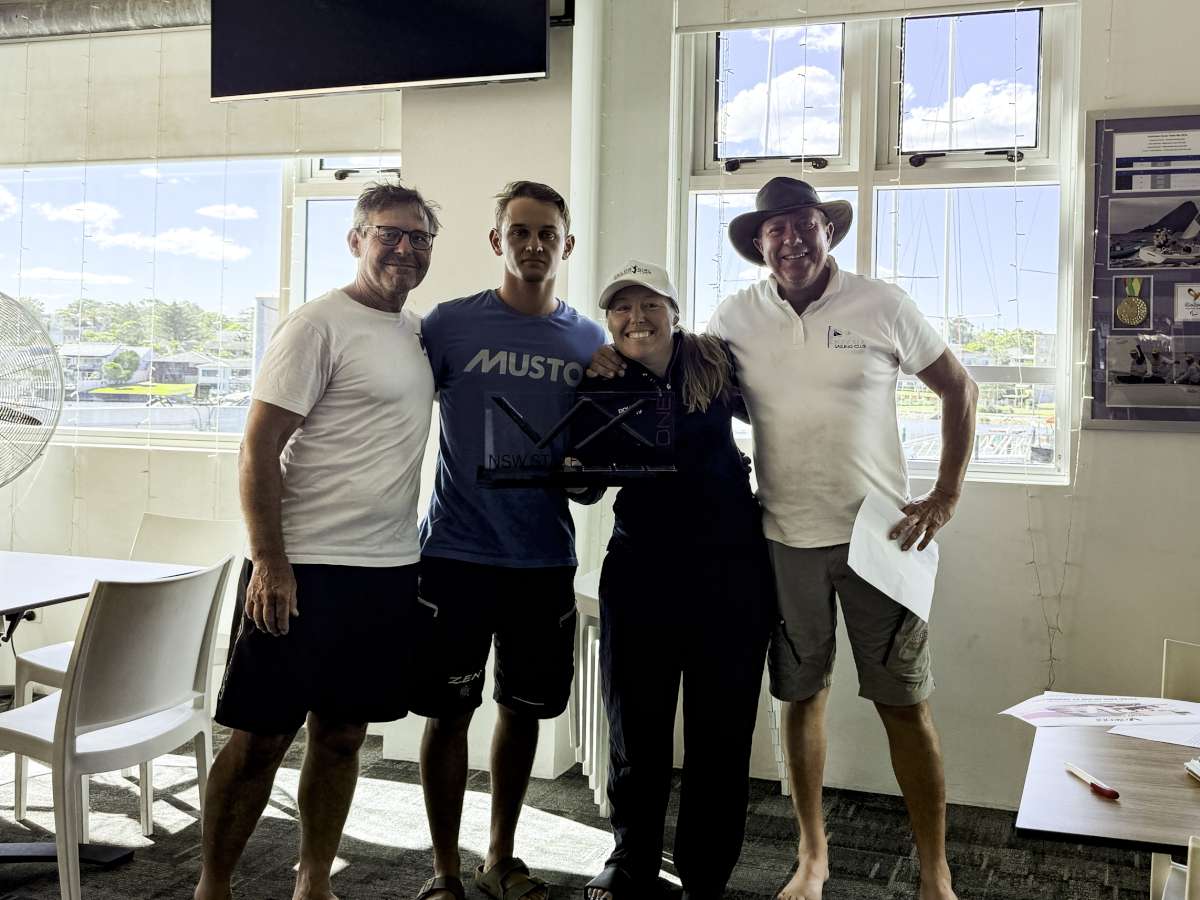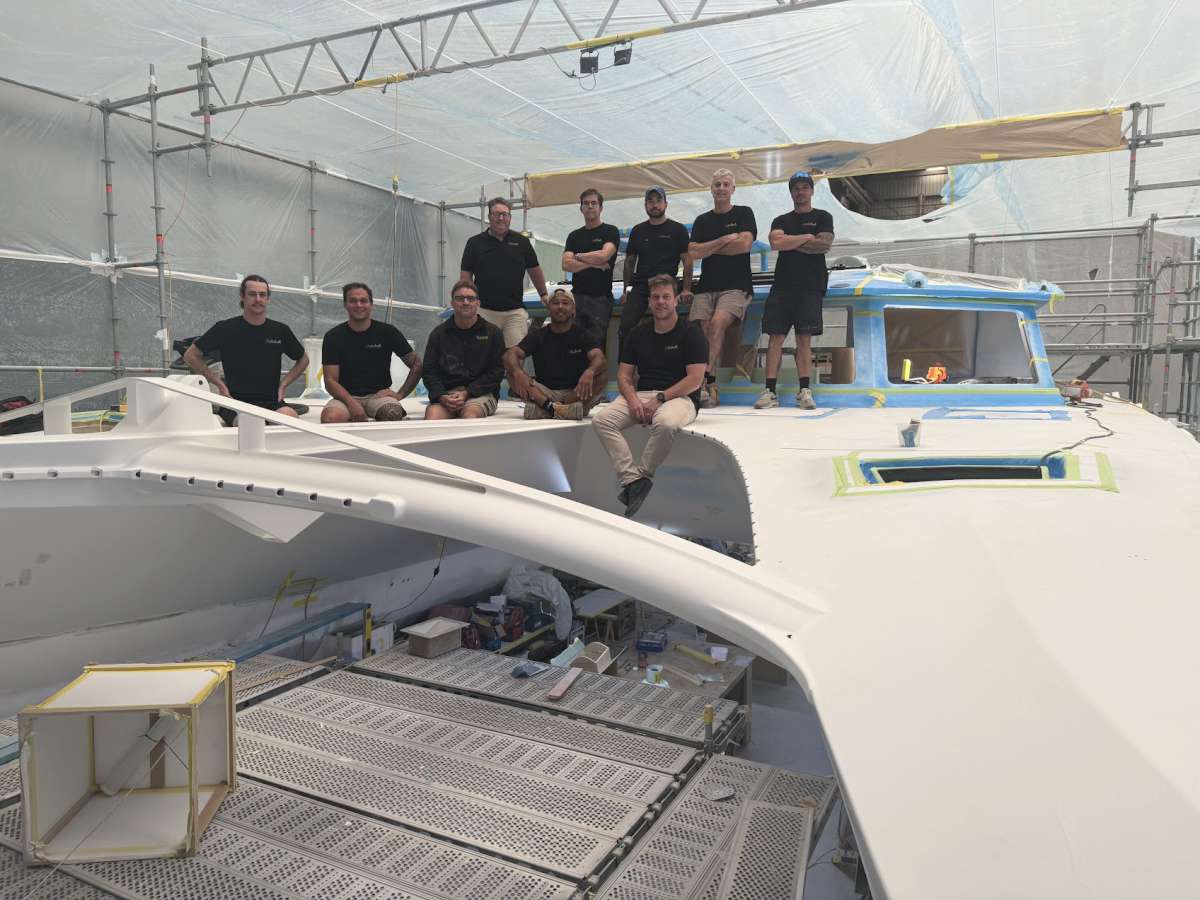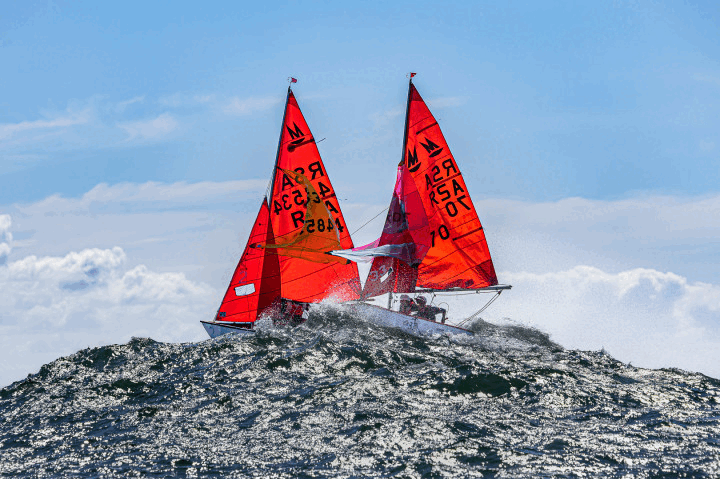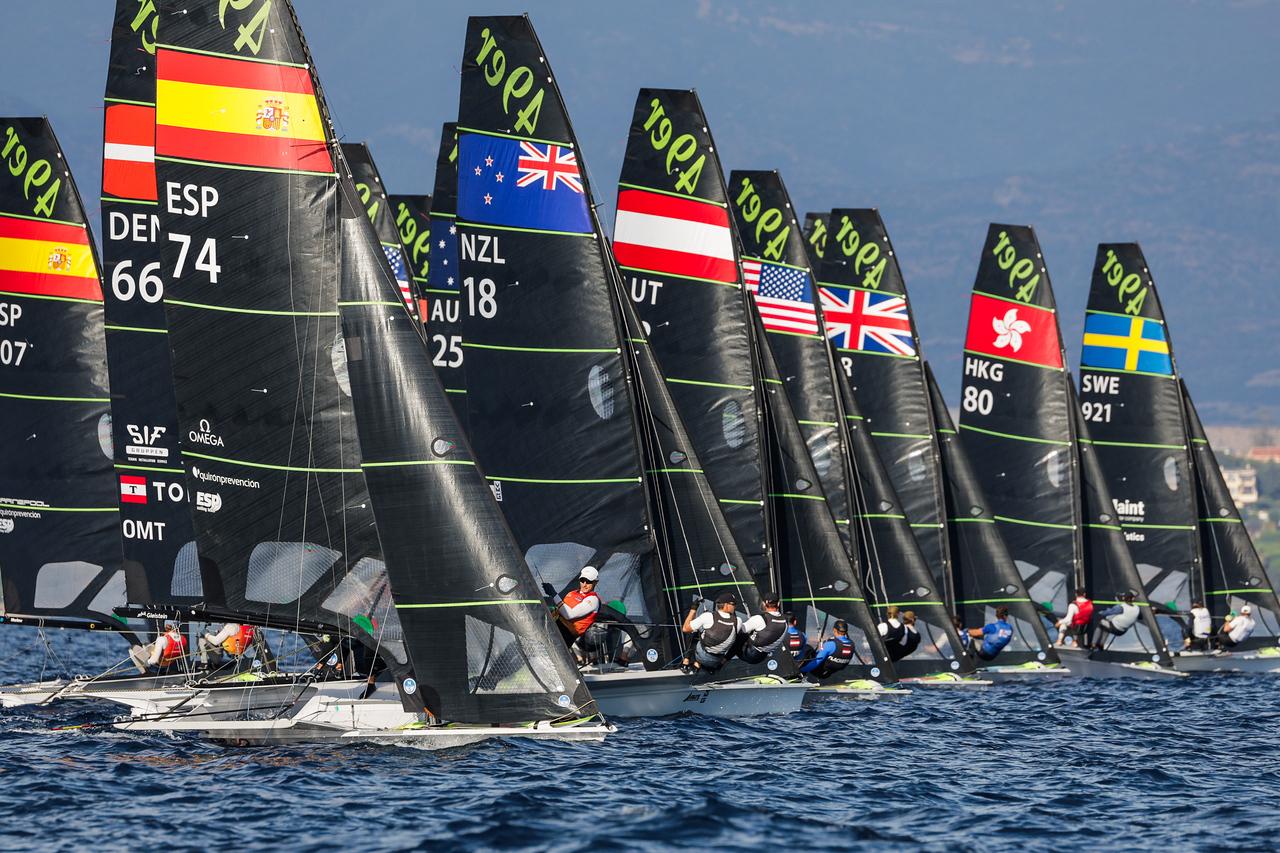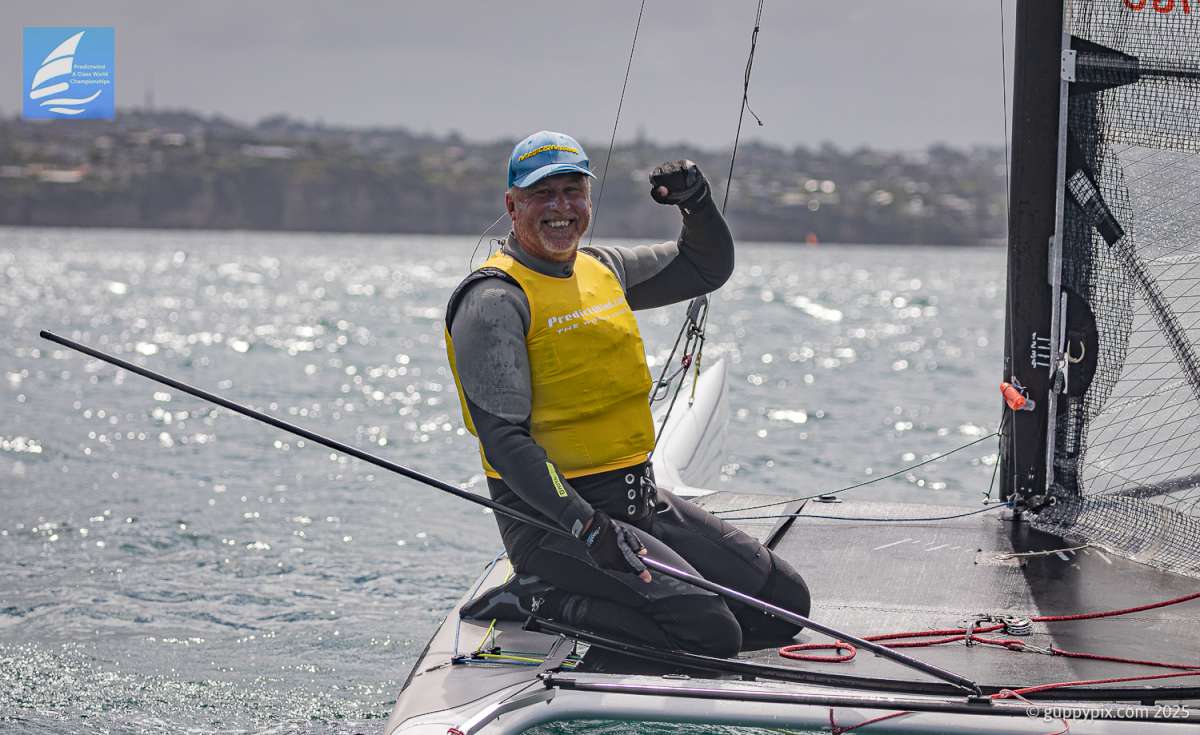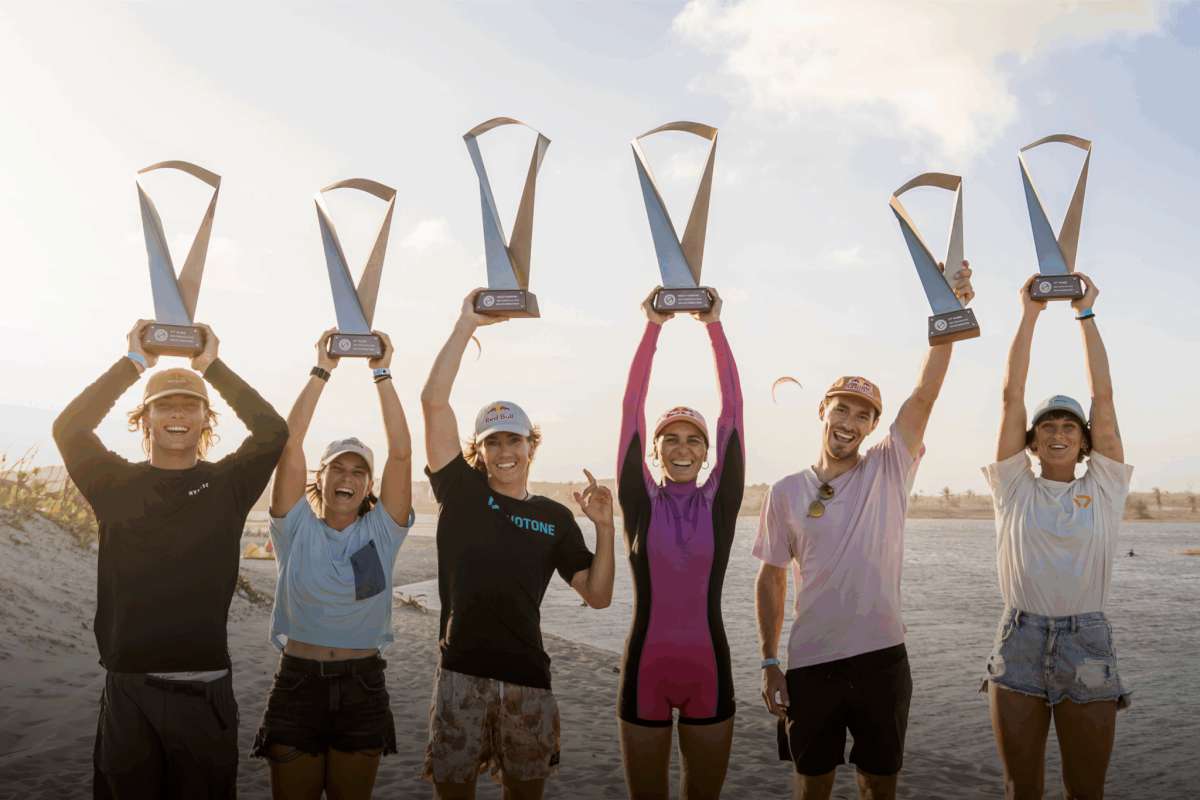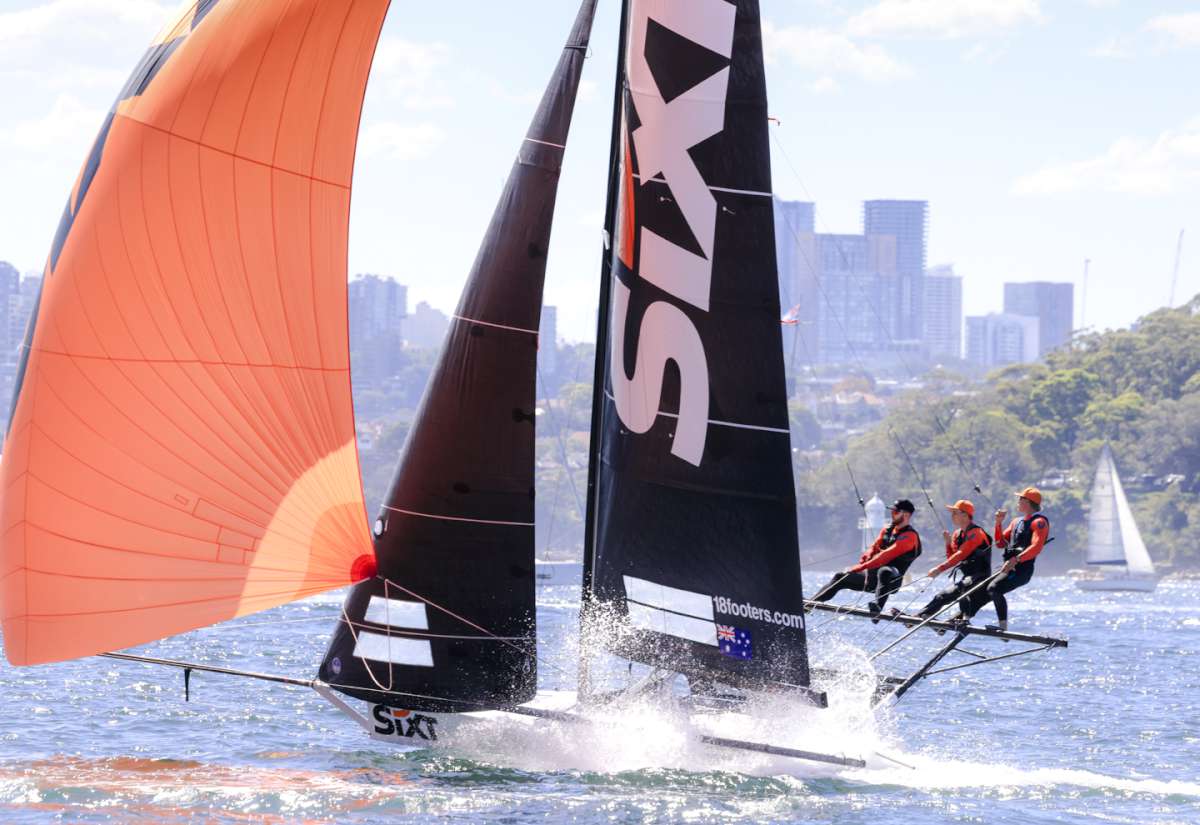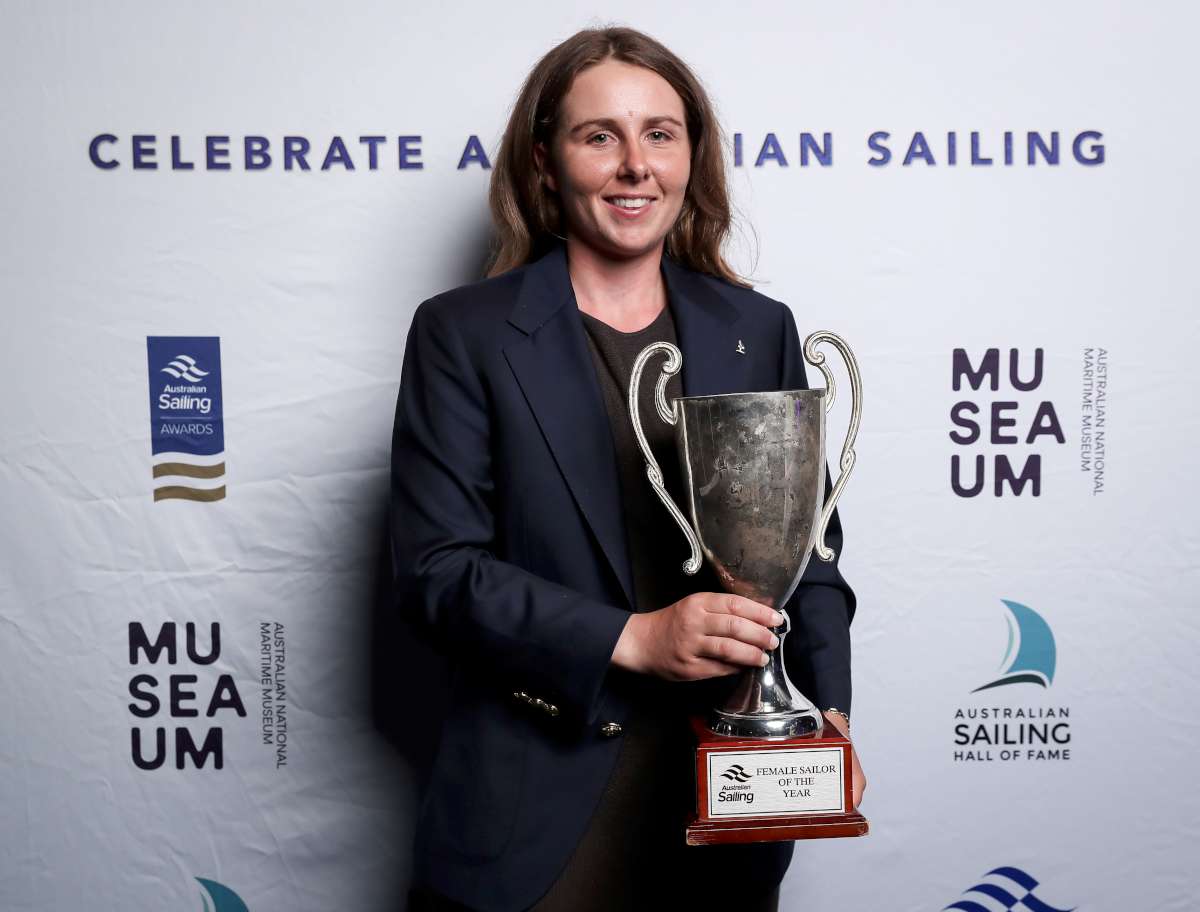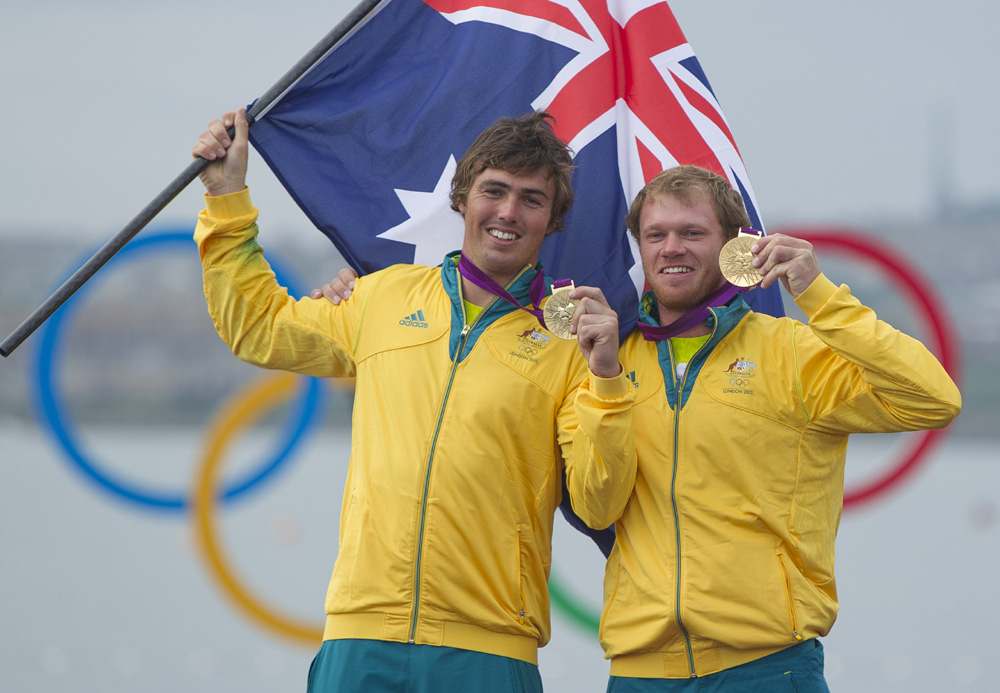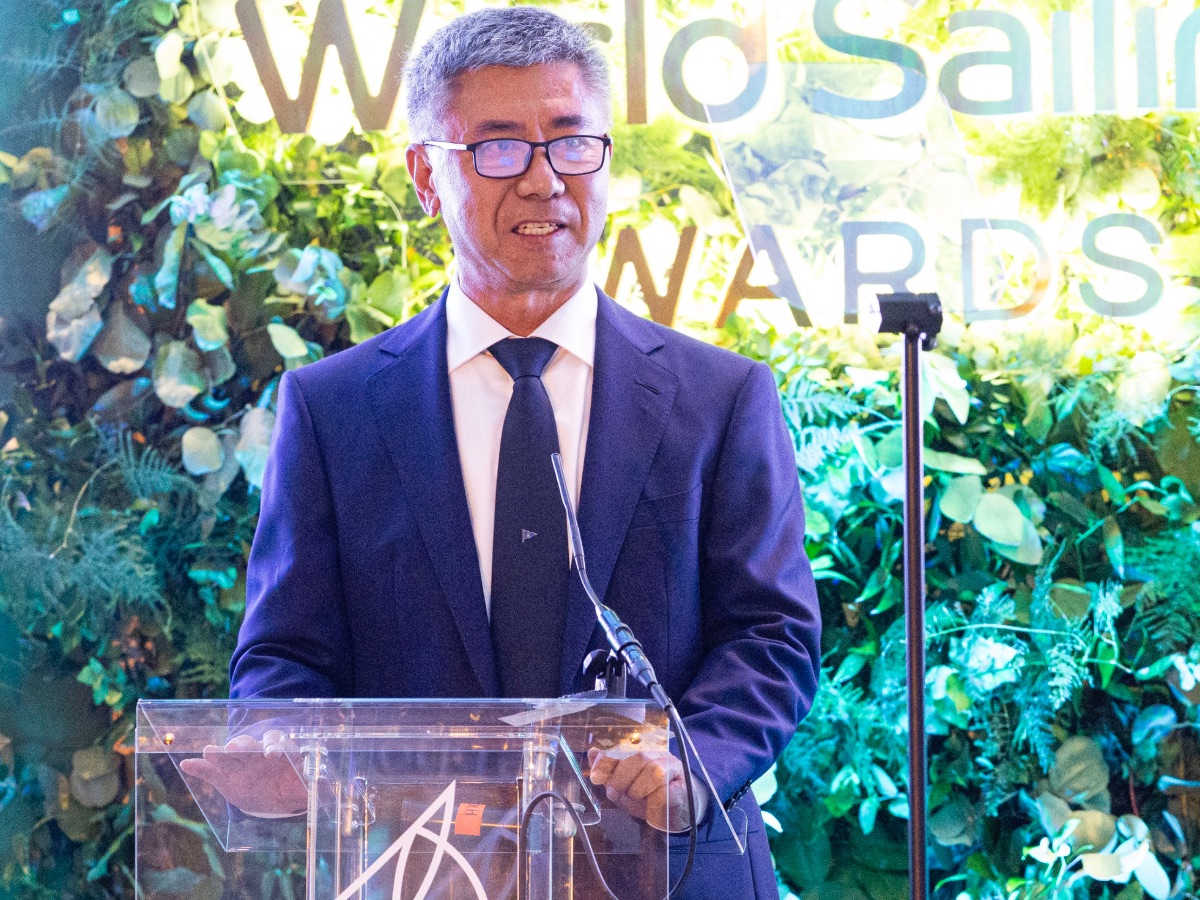At the start in Le Havre in late October, a series of powerful low-pressure systems were sweeping across the Atlantic. One storm came after another and upset the arrangements. The organisers and Race Directors faced a tricky weather situation which offered no way out and were forced to modify the shape of the sixteenth Transat Jacques Vabre Normandie Le Havre. Their goal was to ensure that all four fleets would be able to compete, while guaranteeing that the whole race would be a fair sporting event. We look back at the four separate races that were organised in the 2023 Coffee Race.
On 29th October, the date that was initially scheduled for the start, only the ULTIM, Ocean Fifty multihulls and Class40 monohulls, a total of 55 boats set off in turn on the big day in Seine Bay. All three starts offered us some incredible pictures confirming just how spectacular this event is, the aim always being to stress the diversity and unique qualities of each class. The ULTIM trimarans and Ocean Fifty multihulls set off at full speed. The 32m long boats took off in strong winds that favoured flying. The second group resembling go-karts dug their floats into the spray and foam. As for the Class40 boats, they set off grouped together at the start of their Transat Jacques Vabre Normandie Le Havre. In spite of two incidents with boats coming into contact at the buoy, the tone was set and from the outset, the quantity and quality was obvious with an orderly start for this transatlantic race.
#1 – Starts: two starts for some and postponement for others
Among the boats at the start, only the ULTIM relying on their huge speed potential were able to get away fast enough to from the coast with all its dangers given the context of this low-pressure system. These maxi-trimarans set off on their 7500-mile course via a long dive south around Ascension Island in the Southern Hemisphere. This group of five boats promised a top class race across the Atlantic.
The six Ocean Fifty multihullls and the 44 monohulls set off for Lorient, where they were forced to carry out an improvised stopover to shelter from the two violent weather systems that were moving in. Named Ciaran and Domingos, they left their mark on the start of this sixteenth stormy Coffee Race. Once these two systems had passed over, it was not until Monday 6th November that these two fleets with a total of 46 crews set off from Lorient to begin their crossing to the French West Indies.
The duos on Solidaires en Peloton in the Ocean Fifty class, and on Alla Grande Pirelli in Class40 were the first to complete the first leg between the coasts of Normandy and Brittany putting them ahead in the rankings. In their categories, this would be a key factor at the finish in Martinique, as the times from le Havre to Lorient and from Lorient to Fort de France were added together on their respective race courses: 4500 miles via a gate near the Cape Verde Islands and 4050 miles via Porto Santo in Madeira.
As for the 40 IMOCAs, because of the number of boats involved, and the fact that it was impossible to find a harbour on the Atlantic coast that could welcome them all, they had to wait in Le Havre for better weather before being able to set off on this double-handed race. After nine long days of waiting, they finally went out into Seine Bay on Tuesday 7th November. Like the others, this fleet too offered some incredible pictures that will remain with us, as they began their race, which was shortened to 3750 miles via the island of Santa Maria in the Azores.
# 2 – Two hemispheres, two situations and two different atmospheres
The duos racing on the ULTIM boats sped away, but it was around ten days later that the rest of the double-handed crews set off to tackle the rough seas in the Bay of Biscay. In the middle of the second week of November, there was a sharp contrast between the five boats that had made their getaway in the Southern Hemisphere and were battling it out as if it was a short coastal race, and the rest of the fleet that were finding it tough to get away from the Atlantic coast.
This was clearly a hotly contested race with a change at the front at Ascension Island. At the end of a long tack upwind, SVR Lazartigue grabbed the lead from Maxi Banque Populaire XI that had taken the lead with an excellent strategic option off Madeira. This was a magnificent duel at the front of the fleet. Meanwhile, the crews further back had to deal with a nasty front sweeping in from the North to the South of the Bay of Biscay and had to weather the storm.
IMOCA, Class40 and Ocean Fifty boats all suffered damage. Many competitors found themselves forced to divert to Brest, Lorient, La Coruna, Vigo, Cascais… Most of them were able to repair and set off again. Half of the fleet of 50-foot trimarans suffered major structural damage and this class was the most severely affected. Only three of them were able to continue the race and look for the trade winds.
#3 – An extra long transatlantic race for the ULTIMs, a made-to-measure course for the Ocean Fifty boats
For the fleet of boats that made it through these problems, the race soon got going again. For the ULTIMs, this involved a long tack towards the North-West to head back up to Martinique. Sailing downwind, the Maxi Banque Populaire XI set a fast pace and extended her lead. The two skippers benefitted from the wise advice given to them by their router Marcel Van Triest and their trajectory was faultlessly precise.
The two men gave us a perfect demonstration of how to drive a flying boat. Behind them, the chasing boats kept up a fast pace too, pushing their boats hard to achieve high flying speeds of around forty knots for several hours. In Fort-de-France, at the finish, Armel Le Cléac’h and Sébastien Josse were honoured after their impeccable race. The race showed off the qualities of these maxi trimarans that pulled off an incredible achievement, as the whole of the fleet completed this extra long transatlantic race.
As for the Ocean Fifty boats, Solidaires en Peloton took the yellow jersey and remained the undisputed leader. With a lead of around a hundred miles as they entered the trade winds approaching the mark off the Cape Verde Islands, the pair benefitted from all their experience, successfully taking it in turns at the helm and in the cockpit of the fast trimaran. With the help of their routing unit, Thibaut Vauchel-Camus and Quentin Vlamynck sailed fast and efficiently. They kept the two chasing boats in check, while at the same time remaining necessarily cautious on board a boat where being alert is required at all times. Finding the right balance between speed and caution allowed them to achieve a clear victory at the end of this transatlantic race with its course designed to match the ability of these multihulls.
#4 – An option to the North or the Southern route? 75 monohulls faced an impossible choice
As for the monohulls, where routing is not allowed, the race was to become much more a matter of strategy. For the IMOCAs, as for the Class40 boats, there was the eternal question that we see in these transatlantic races of whether to stay north or dive south: that was the case for those at sea in their cockpits and for those ashore keenly following the race.
Firstly for the 60-foot boats, there was a small group out in front, including the most recent builds in the class: Charal, Paprec Arkéa, For People, as well as For The Planet and Initiatives Cœur. All of these sailors racing at the highest level favoured the southern option, involving a long detour via the coast of Morocco to be able to pick up the trade winds. Once they had reached these favourable winds, speeds rose and the battle raged between the boats that clearly were close in terms of potential. Having to make do without their gennaker, Charal gradually got left behind. For the others, it was a close contact race, while the fight was also on with a few who had taken the northern option.
Out on the wide open space of the ocean, a few dissidents led by Teamwork.net had set off to tackle the fronts on the northern route. A very different trajectory, which was shorter, but involved some very long and uncomfortable hours sailing upwind in heavy seas, which were punishing for the boats and the sailors. They both showed how resilient they were. In the end, there was not much in it, but those in the South propelled along in downwind conditions, came off best. The first in this group, For People, skippered by the IMOCA title-holders, would win the race. Thomas Ruyant and Morgan Lagravière did it again in style, this time aboard their new boat.
For the Class40s the race is shaped from the Canaries with Alla Grande Pirelli sailed by Italy’s Ambrogio Beccaria and his French co-skipper Nicolas Andrieu leading the fleet with good allround speed and solid strategies. As the trade winds soften a group of four boats slant north in search of more wind, Groupe SNEF, Crédit Mutuel, Amarris and Influence 2. Groupe SNEF elect to hold the most direct course towards Martinique but suffer with least breeze. But it is the southerly option which works best, Beccaria and Andrieu holding on to the wind to lead into Fort de France quite comfortably in the end. In fact the all Italian Musa 40 pretty much dominated, first at the clearing mark off Le Havre on start day, first into Lorient and first to finish. Second was Achille Nebout and Gildas Mahé (Amarris) whilst the Italian Alberto Bona sailing with Spain’s Pablo Santurde on IBSA took third. Britain’s Alister Richardson and Brian Thompson finished fifth on T’quila.
Then escapes to the north, while the bulk of the troops, led by the Italian-French pairs of Alla Grande Pirelli and IBSA, dive into the deep trade winds. In each camp, the pairs give the best of themselves and maintain the suspense.
And that’s without taking into account an anticyclonic bubble which blocks the road approaching Fort-de-France and which sows discord, forcing Groupe SNEF, the leader of the Northern group, to continue straight on a median road. But this central path is dead end; and it is on a North/South match that the final outcome is played out. Here again, the trade wind route wins the day. Victory rightfully goes to the formidable Alla Grande Pirelli pair, formed by Ambrogio Becarria and Nicolas Andrieu, who reaped all the benefits of their race combining speed and tactical finesse. First at the clearing buoy in the Bay of Seine, first in Lorient and first in Fort-de-France, he won an indisputable victory.
The figures for the 30th anniversary of the Transat Jacques Vabre Normandie Le Havre
95 boats and 190 sailors at the start divided into 4 classes: 5 ULTIM, 40 IMOCA, 6 Ocean Fifty and 44 Class40
ULTIM: the class saw 5/5 with five boats at the start, as many at the finish
Ocean Fifty: 3 boats finished out of the six at the start
IMOCA: six abandonments, 34 boats classified
Class40: 35 boats classified out of 44 boats at the start.
77 boats, or 154 sailors classified at the end of this 16th edition of the Transat Normandie Le Havre.
Find all the rankings HERE.





